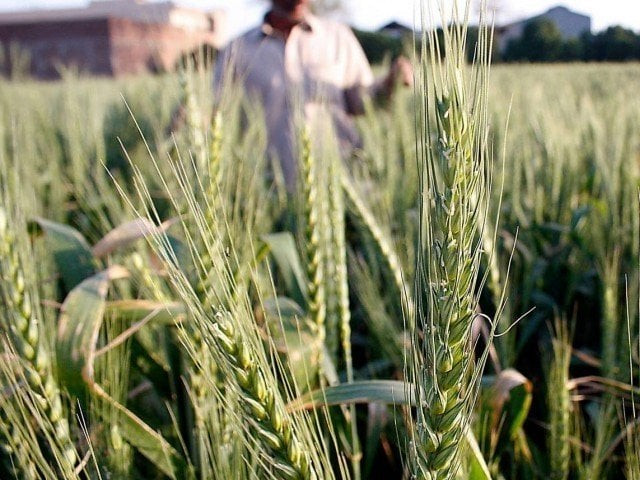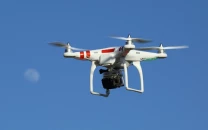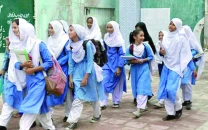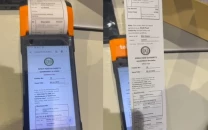Sindh allocates Rs8.4b for agriculture sector
Amount includes Rs4.7 billion in foreign assistance

PHOTO: FILE
“Agriculture plays a significant role in the country’s economy and generates employment opportunities for more than 42.3% of the total workforce besides contributing 18.9% to the country’s GDP,” said Sindh Chief Minister Syed Murad Ali Shah while presenting the budget in the provincial assembly on Friday.
“Sindh’s contribution to national rice production is 36%, sugarcane 29%, cotton 34% and wheat 15%,” he said.
In fiscal year 2018-19, the agriculture department made an expenditure of Rs893.4 million against the release of Rs1.74 billion.
The department’s allocation in the ADP 2019-20 is Rs8.4 billion, which includes Rs4.7 billion in foreign assistance, according to the budget documents.
In the coming year, the provincial government is considering lining 1,850 watercourses through the Sindh Irrigated Agriculture Productivity Enhancement Project (SIAPEP).
It has proposed subsidy on the provision of 400 thrashers, 400 rotavators, 400 zero tillage, 500 auto loaders, 20,000 power sprayers and 500 tractor trollies to farmers.
'Zero deficit' in Rs1.21 trillion Sindh budget
Moreover, it will help build 200,000 metres of on-farm drainage structures and help in levelling 125,000 hectares of land through precision land levelling equipment.
It will also help in drip irrigation, high-tunnel farming by 870 farmers over 150 acres of land.
“The budget is not in line with the provincial agriculture policy approved by the Sindh cabinet in March 2018 and Pakistan People’s Party (PPP) manifesto,” commented Sindh Abadgar Board member Mehmood Nawaz Shah.
He was of the opinion that budget resources should have been allocated as per the policy and manifesto. Unfortunately, he regretted, the government did not consider the important point in the budget on how it was planning to press ahead with its goal.
For example, he said, the policy envisaged that the government would focus on growth of the agriculture sector, however, the CM failed to talk about advancement in the sector in his speech, he said.
He pointed out that the PPP’s manifesto said the government would fix commodity prices by buying from the farmers so that they could receive a fair price for their produce. However, the government did not talk about it at all in the budget, he highlighted.
Shah lamented that small dams in Dadu, lakes like Keenjhar and all other water reservoirs had been contaminated due to which people were not getting safe drinking water and crop yields were decreasing day by day.
“The government needs to do something to clean the water reservoirs. In fact, the chief minister himself announced one and a half month ago that the government would work on it,” Shah said. “However, he did not allocate any resources to mitigate water pollution in the province.”
“Horticulture is an important area but it was also missed in the budget speech,” he said. “Due to inefficiency, the government could not utilise last year’s allocated fund for the sector, which eventually lapsed,” he said.
The World Bank gave $76 million under the Sindh Agriculture Growth Project for four commodities, citing that if the province showed some growth in the given commodities, it would provide more assistance.
“In fact, this grant was more than the total budget allocated for agriculture by the provincial government,” he said. “Regrettably, the authorities could not utilise more than 35% of the grant and that too on subsidies and not on productivity.”
Published in The Express Tribune, June 15th, 2019.
Like Business on Facebook, follow @TribuneBiz on Twitter to stay informed and join in the conversation.



















COMMENTS
Comments are moderated and generally will be posted if they are on-topic and not abusive.
For more information, please see our Comments FAQ